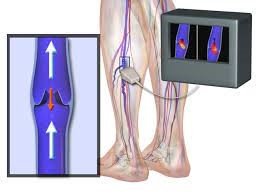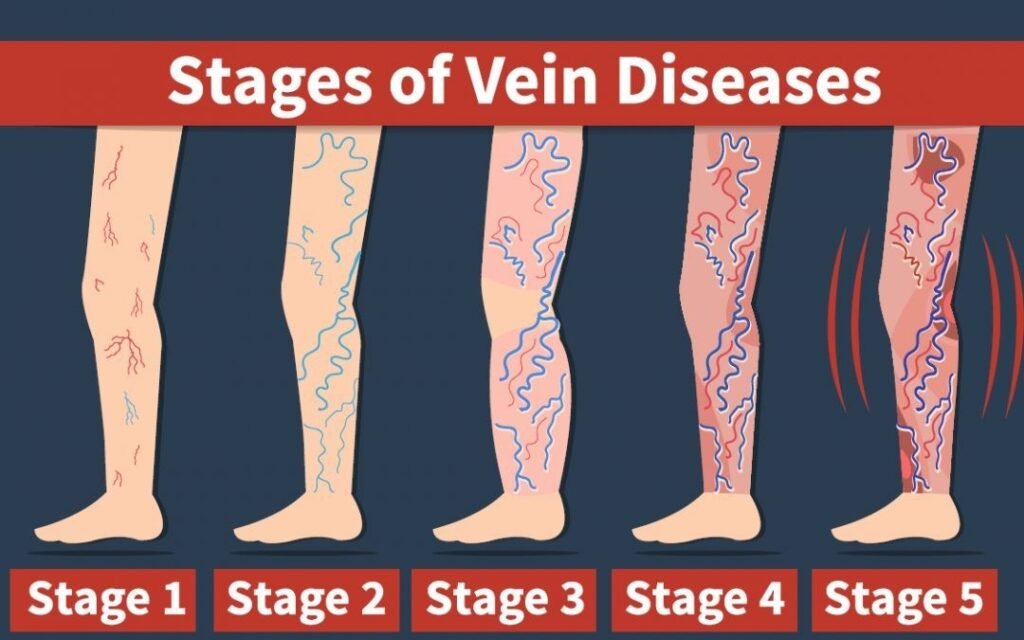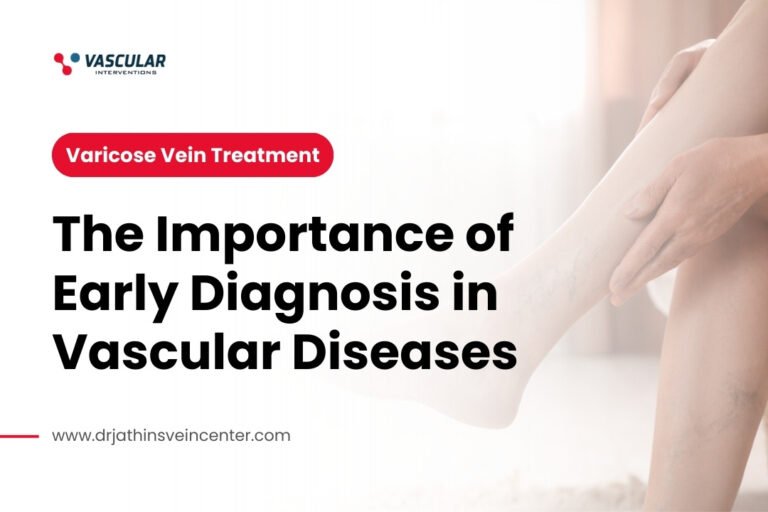What is Endovenous Ablation?
Endovenous ablation is a form of laser surgery that destroys the lining of the vein by heating it with intense light. The procedure can be done on a single or multiple veins at a time, depending on the severity of your condition.
Endovenous Ablation is a minimally invasive procedure for treating pain and swelling in the leg veins. It is done by inserting a tiny laser probe through a needle inserted in one of the veins of the leg.
Endovenous Ablation is done to dissolve and remove venous reflux in order to cure severe vein problems like clots, chronic pain, and swelling in the legs. The small laser probe heats up and burns off the inside lining of the blood vessel which then causes clotting or scarring that blocks the vein from refluxing blood back into your heart.
The procedure does not involve the removal of any tissue and only takes around an hour to complete.
Endovenous ablation can be performed as an outpatient and, once healed, you should experience relief from your varicose vein symptoms.
What Causes Your Leg Pain?
Almost every person experiences leg pain at some point in their life. You may feel it when you are sitting or lying down. It also happens that this pain intensifies when you are walking or standing.
Veins and blood vessels in your legs help to move blood back to your heart and lungs. When these veins become damaged, they may leak blood or fluid into the tissues of your legs. This can lead to swelling and discomfort in your legs, as well as other symptoms such as:
– A feeling that you need to stretch or walk more than usual
– Pain in one leg when sitting down
– Aching or heaviness in both legs
– Swollen ankles or calves
– Pinpoint red spots on the skin of the leg, caused by bleeding under the skin
How Does Endovenous Ablation Work?
The most common symptom of venous disease in legs is inflammation in the skin, called stasis dermatitis or varicose veins. Additional symptoms may include swelling in the lower leg, heaviness, pain, itching and redness.
Endovenous laser ablation is a minimally invasive procedure that is used to treat the veins in the leg.
Endovenous laser ablation eliminates or reduces the symptoms of venous disease by targeting and destroying diseased veins with an intense light beam. The light beams are delivered through a fiber optic cable called an endovascular catheter.
Risks of Endovenous Ablasion and How to Minimize Them
The endovenous ablation technique is a minimally invasive procedure that has been shown to be effective in the treatment of varicose veins.
In order to reduce the risks of endovenous ablation, patients should make sure they follow all instructions from the doctors and nurses closely.
The risks of endovenous ablation are not as significant as those associated with open surgery or other procedures. The major risk is that the patient may have bleeding along the vein after it is removed, which can lead to blood clots and swelling in the leg. To prevent this from happening, patients should avoid smoking, wearing tight clothing around their legs and ankles, and crossing their legs for prolonged periods of time after surgery.
The Treatment Process from Start to Finish
Venous insufficiency or venous disease is a condition in which the veins in the leg do not function correctly. When there is a lack of blood flow from the leg to the heart, this leads to pooling of blood in the veins and tissues of the legs.
The endovenous ablation procedure can be done as an outpatient procedure with simple sedation or general anesthesia.
The process starts with an ultrasound scan – where we will find out where we need to perform the venous ablation treatment and what size and shape catheter would be best for you. Then we go on to perform a venous catheterization – where we insert a small thin tube into your vein that will lead us to your vein that needs treatment. The next step is to use our skills and experience in the area of interventional radiology to identify the problem vein and treat it with embolic material, coils or glue.

Why You Should Try Endovascular Ablations Today?
Endovascular ablation is a procedure to stop the abnormal heart rhythm from the inside, without surgery.
The heart is a muscle. If it has an abnormal rhythm, the muscle contracts in a way that it should not. This causes many complications and side effects including dizziness, chest pain, and fainting.
Endovascular ablation is a procedure where catheter with tiny heater burns out the source of this abnormal rhythm from inside the body without surgery. The patients can get back to their daily life quickly and get back to their regular activities within few days after this procedure.


